CHAPTER 3: The role of the a-biotic components

Figure 3.1: Teenager, Greta Thunberg has initiated the “Fridays for Future” campaign for young people to resist environmental neglect and to protect the Earth
It is unequivocally evident that the natural environment is facing threats primarily due to human activities. Over the last few centuries, humans have disrupted the finely tuned, sustainable systems of nature. We must alter our behavior to strengthen rather than endanger the natural world. Understanding how the natural environment operates is crucial for responsible action, as it enables us to grasp the consequences of our actions.
In the forthcoming chapters, we aim to cultivate a fundamental understanding of the natural world. We will examine the interconnected components of the environment in Chapters 3 and 4, followed by an exploration of the dynamic relationships between these components in Chapters 5 and 6. Chapter 7 will focus on applying sustainable principles to urban environments, while Chapter 8 will propose a practical path towards sustainability.

Figure 3.2: There exist an intricate relationship between living- and non-living components of an ecosystem.
Ecosystems consist of both living (biotic) and non-living (abiotic) components. Biotic components include plants, animals, and humans, while abiotic components encompass light, water, temperature, atmosphere, wind, soil, the earth’s crust with its various rock types, topography, landforms, as well as fire and nutrients. There exists a complex interconnection among microorganisms, predators, and humans within ecosystems. However, due to the vastness and complexity of the Earth, comprehending all the intricate relationships at play is beyond human capacity. To simplify the understanding, scientists have divided the Earth into identifiable, functionally related units or ecosystems. These ecosystems can range from small and simple, such as a fishpond, to large and intricate, like a tropical forest, depending on the scope of study.
The environment operates not as a static collection of elements but as an engine with interactive parts. What drives this engine? It is energy, primarily from sunlight, that fuels all activities among organic and inorganic components. Sunlight is thus the first abiotic component. Through photosynthesis, green plants convert solar energy into usable energy for organisms higher up in the food chain, such as insects, herbivores, and humans.
Our second abiotic component is temperature. Some living organisms, such as cold-blooded lizards and snakes, rely directly on the sun’s heat for body warmth. Warm-blooded animals like mammals, on the other hand, are capable of regulating their own body temperature through physiological processes and perspiration. Certain plants and animals have limited tolerance for temperature fluctuations or extremes. Consequently, air temperature significantly impacts the distribution of life on Earth. The abundance of life increases with higher temperatures and humidity, as observed in tropical regions. Conversely, fewer life forms can thrive in the harsh climate of polar regions.

Figure 3.4: The wind ensures the concentrations of gasses in the air remains the same.

Figure3.3: The natural world functions as an interconnected system, meaning that, should crucial components be removed, the whole ecosystem may crash.
The third abiotic component is the atmosphere and the movement of air, known as wind. Wind plays a crucial role in circulating air and maintaining consistent concentrations of natural gases in the atmosphere, such as carbon dioxide (0.03%), oxygen (21%), and nitrogen (78%). The variability in atmospheric composition primarily arises from fluctuations in water vapor. Despite ongoing processes like photosynthesis and respiration, the atmospheric composition remains stable due to air movement.
Wind predominantly influences the movement of moisture-laden air masses, particularly over oceans towards continents. For instance, along the KwaZulu-Natal coast, winds from the Indian Ocean carry moisture that condenses into rain when rising over the Drakensberg slopes. This phenomenon contributes to the lush vegetation on ocean-facing slopes compared to the drier conditions on the opposite side of the mountain range. (See Fifure 3.6)
Hence, we can classify landforms based on their topography as the fourth abiotic component within ecosystems. The positioning of these landforms dictates the angle at which sunlight reaches the Earth’s surface. Slopes facing northward will consequently receive a more direct influx of solar radiation in the southern hemisphere. This aspect can significantly impact soil temperature, vegetation type, and vegetation density. Moreover, vegetation plays a pivotal role in shaping soil formation processes.
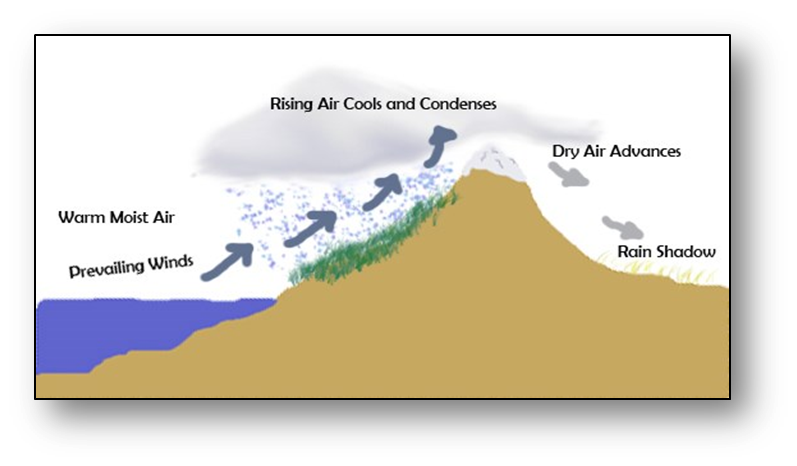
Figure 3.6: Orographic precipitation (Source: Wikipedia; Creative Commons)
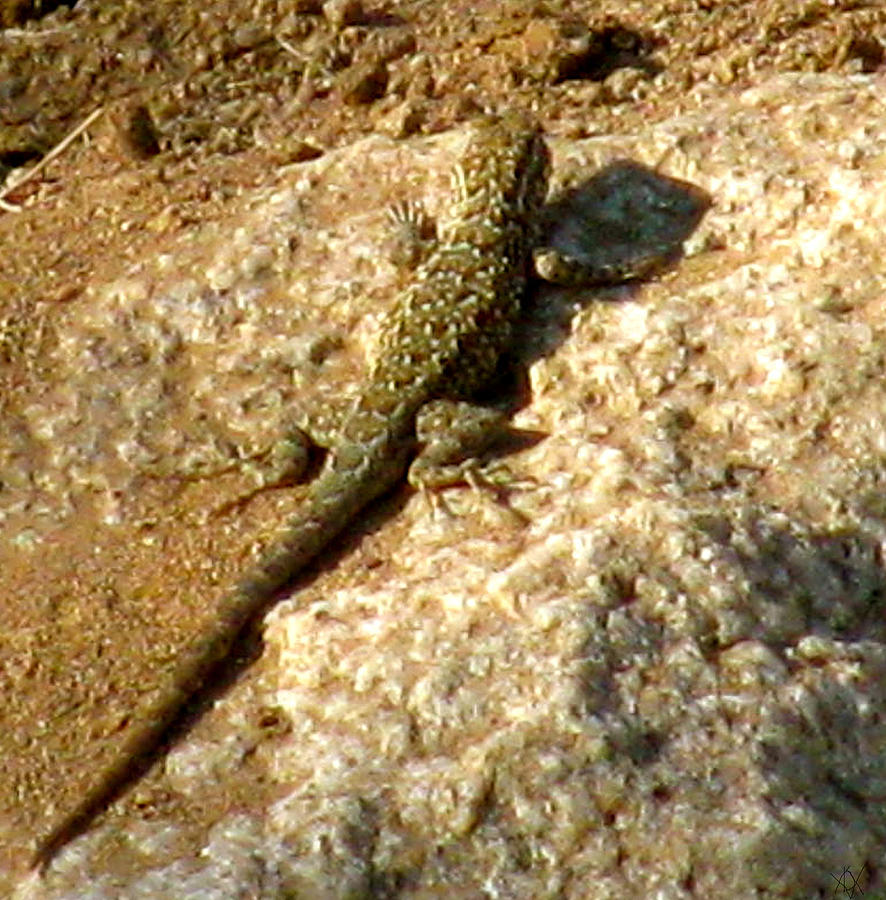
Figure 3.5: The sun provides temperature, crucial for cold-blooded creatures like lizards.
Slope features such as cliffs, valleys, and floodplains are directly influenced by the interaction of movements in the earth’s crust, various rock types, and climate over extended periods. Consequently, they exert a direct influence on human land utilization through their support of soil, vegetation, and animal habitats. Rather than being static, landforms are integral to a dynamic system.
All living organisms rely on water (the fifth a-biotic component) for their vital processes. Water serves as the medium for both freshwater and marine ecosystems.
The presence of water significantly determines the types and quantities of vegetation and associated animal life. For instance, compare the richness of life in a marsh to the scarcity of life in a desert. Tropical forests harbor a greater diversity of life compared to grasslands.
The availability of water for plants is influenced by numerous factors including temperature, soil composition, and topography. A significant challenge faced by terrestrial communities is the conservation and replenishment of water reserves. Air humidity also plays a crucial role in the survival of certain organisms. Extremely dry air can lead to excessive evaporation, resulting in dehydration and death. Many species, such as frogs, which are prone to dehydration, are active mainly at night when air humidity is typically higher.
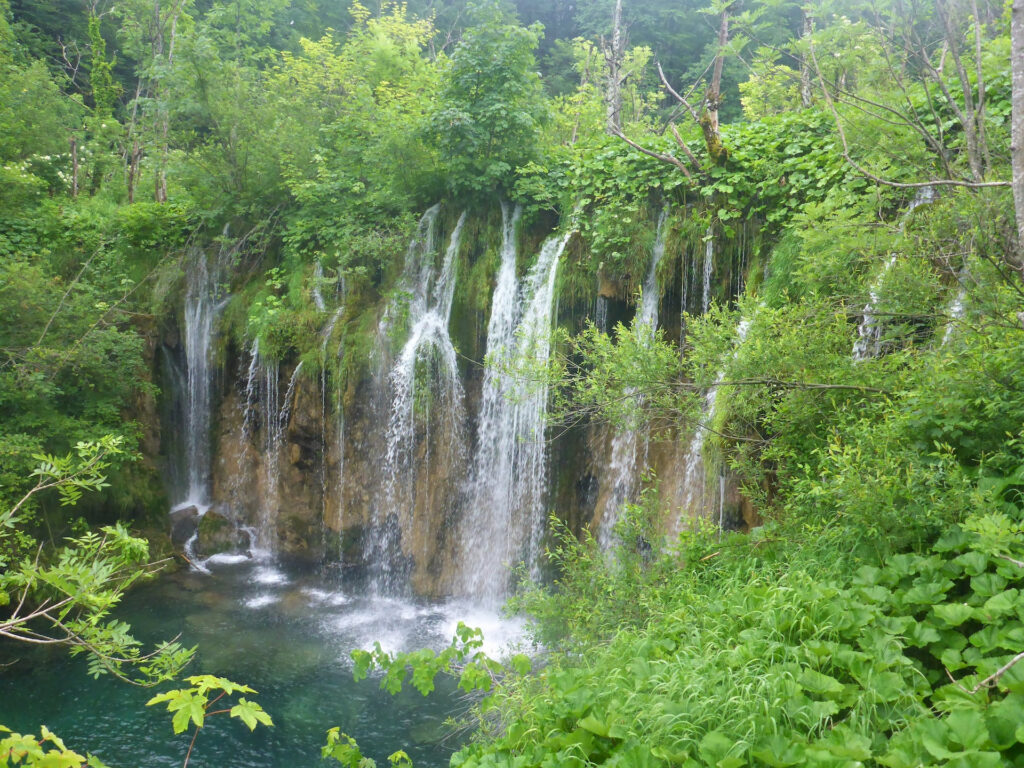
Figure 3.7: The availability of water determines the amount of vegetation and associated animal life.

Figure 3.8: Fire is an essential abiotic element of nature
Fire, as the sixth abiotic factor, plays a vital role in certain ecosystems. It has historically been essential for warmth and food preparation. When ignited naturally, such as by lightning, it does not necessarily pose a threat to ecosystem stability as it only occurs periodically. Numerous ecosystems have adapted to seasonal fires, like those in grasslands, which facilitate the decomposition of organic matter and the release of essential elements, fostering new growth. Fire also aids in the germination of certain plant species, like thorn trees, whose seeds have hard coatings. The fire lily of the Fynbos region in the Cape relies on periodic veld fires for flowering.
Multiple abiotic elements often interact to produce specific outcomes. The combined effects of temperature, wind, and rainfall on rocks contribute to weathering, ultimately forming soil, the seventh abiotic element. Soil, described as the uppermost weathered layer of the Earth’s surface, serves as the growth medium supporting terrestrial plant and animal life. Despite its relative permanence, soil is susceptible to damage from improper use, and once damaged, it is challenging to restore to its original state.
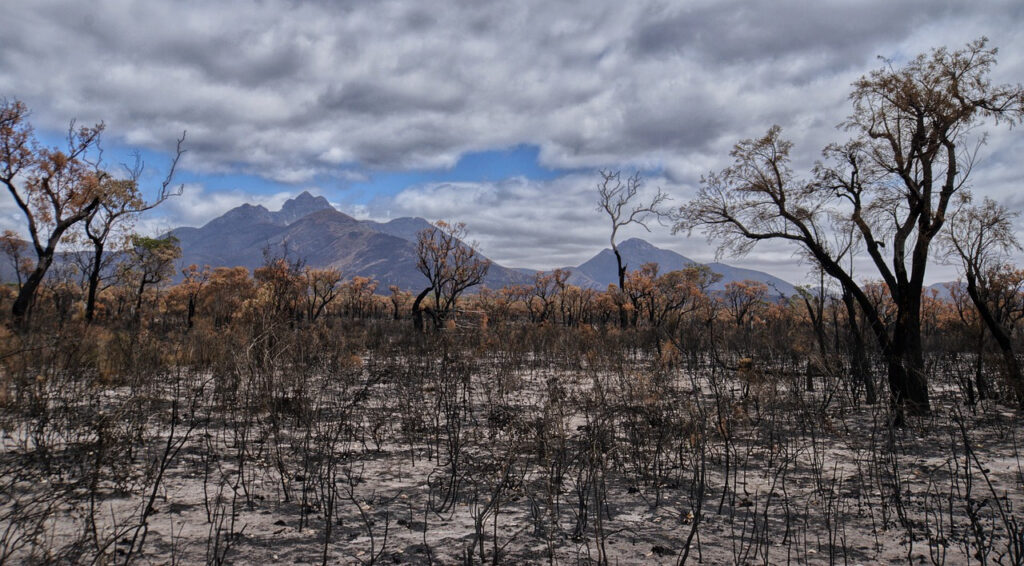
Figure 3.9: Fire can be devastating and take decades to recover

Figure 3.10: Fire in built-up areas however results in massive cost.
Soil is typically classified as an abiotic component of the environment, but it comprises more than just weathered rock. It contains rock remnants, gases, water, dissolved inorganic salts, living organisms, and their remains. It serves as the habitat for two-thirds of all living species on Earth, including bugs, bacteria, fungi, and various other organisms. Thus, it could be classified as either a biotic or abiotic part of the environment.
Humans rely entirely on the abiotic elements of nature. However, none of these elements can be utilized without energy. All activities necessitate energy, which we primarily obtain through the food we consume. Nevertheless, due to our relentless pursuit of progress, we extract vast amounts of energy from finite fossil resources.
In prehistoric times, plant and animal materials (latent energy) were fossilized into coal, oil, or gas deposits. Now, these energy resources, which accumulated over millions of years, are being rapidly depleted by people worldwide for transportation and electricity generation. The by-products of these energy sources have numerous adverse effects on human health and the wider environment.
The atmosphere is becoming polluted with an excess of carbon dioxide, methane, lead particles, and other harmful gases, which also pollute soil and water systems.
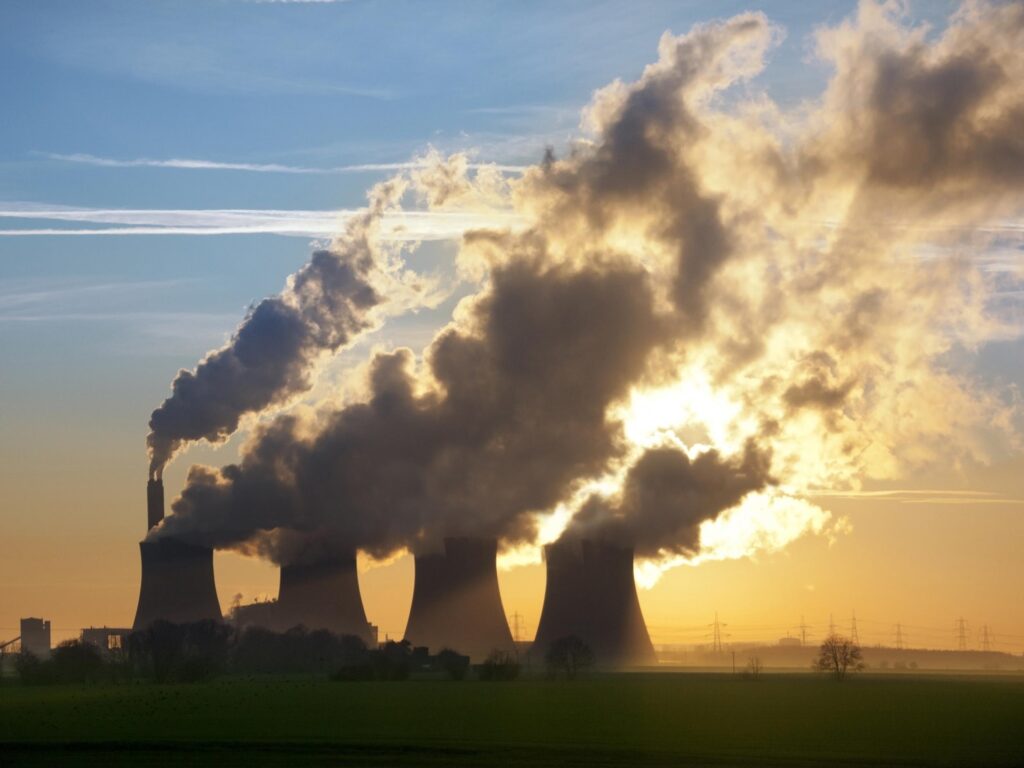
Figure 3.11: The energy we require for progress is currently mostly derived from coal.
Overall, this disrupts the proper functioning of ecosystems, creates unhealthy living conditions, and contributes to global warming, altering the world’s climate. We are aware of the negative impact that the use of fossil fuels has on our life-sustaining environment. Environmentally friendly energy alternatives have already been developed. As long as we refuse to adjust our pace of development to align with our capacity to generate clean energy, we will remain on a downward spiral of environmental neglect and self-destruction.
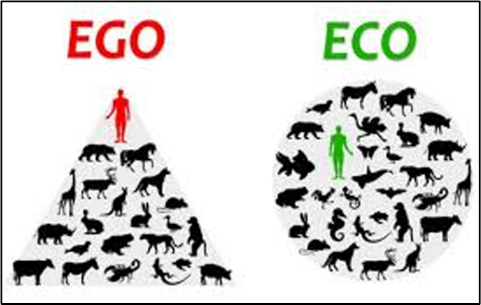
Figure 3.12: Out arrogant attitude of being the dominant apex of nature must change from an EGO-mindset to one of merely being an ECO-sensitive link in the system of life.
The message is clear: due to our behavior, many of the building blocks of ecosystems are being jeopardized, and our very existence is at stake. The sooner we learn from and adapt to the guidance of nature, the sooner we will be able to survive the looming environmental crisis.
The World Wide Fund for Nature (WWF) has stated that one of the main reasons for the ongoing environmental deterioration is that people, in general, fail to recognize the value of the services that ecosystems provide to the human population. As ecological dominants, we exploit these services to the point of exhaustion for our own comfort instead of integrating harmoniously as part of the system. We should not consider ourselves more important than any other species and should not claim any special privileges. Nature does not exist solely for our benefit; we are also a part of nature.
“When the animals come to us,
asking for our help,
will we know what they are saying?
When the plants speak to us
in their delicate language,
will we be able to answer them?
When the planet herself
sings to us in our dreams,
will we be able to wake ourselves, and act?”
— Gary Lawless
The new science of biomimicry teaches that humans should look at nature for directives in their technological development. “Nature knows best.
And the Bible also echoes…

Figure 3.13: Ecosystems suffer as a result of unsustainable human-induced practices like the indiscriminate hunting of the defenseless scaly anteater.
“…ask the animals, and they will teach you,
or the birds in the sky, and they will tell you;
or speak to the earth, and it will teach you,
or let the fish in the sea inform you”.
(From the Bible: Job 12 v 7)
